Although we live in a house about 10 miles from downtown Boquete, Tim has also kept his studio apartment in town, which comes in handy if we stay in Boquete late and don’t feel like driving home, or if there’s an event that we want to go to that may have limited parking (his apartment is within walking distance to most everything downtown).
Tim’s landlord there is a woman (Johanna, a.k.a. Joby) who teaches English to Panamanian students attending the Autonomous University of Chiriqui, which uses the classrooms of Boquete’s public high school for evening classes. She invited us as guests when her students presented their final projects for the semester. There are 10 students in her class, and these students are on an educational track to become English teachers themselves.
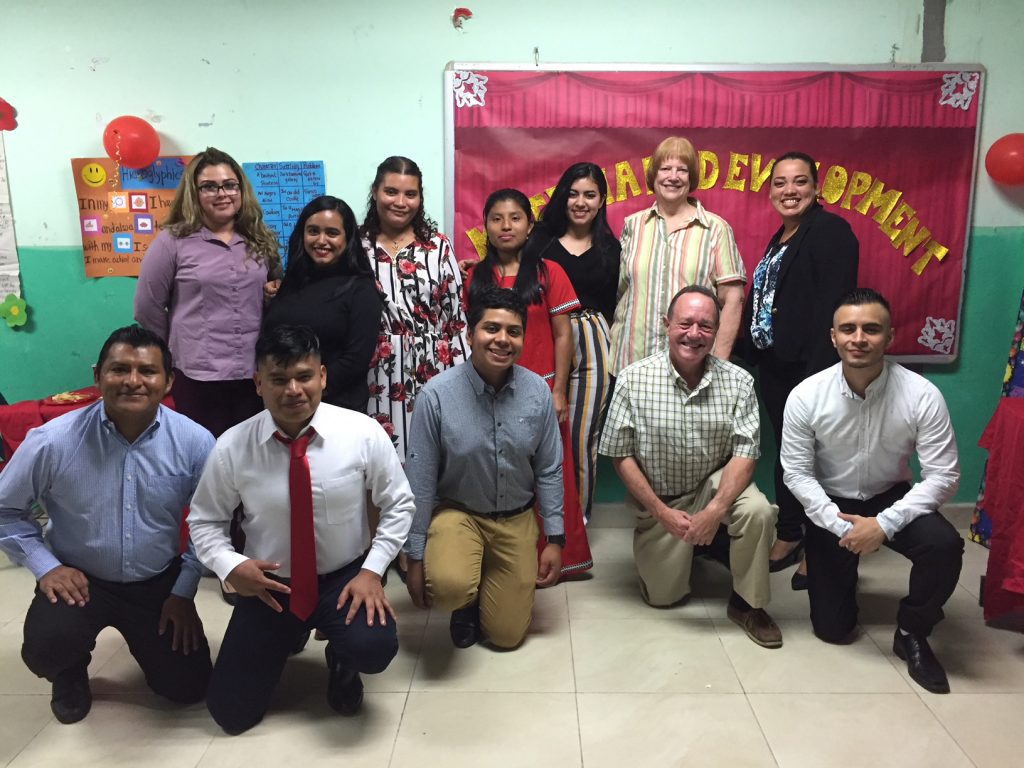
Their projects were geared to teaching grade-school age children, using a combination of words and pictures to engage them and keep their attention while teaching them English vocabulary, grammar, and composition.
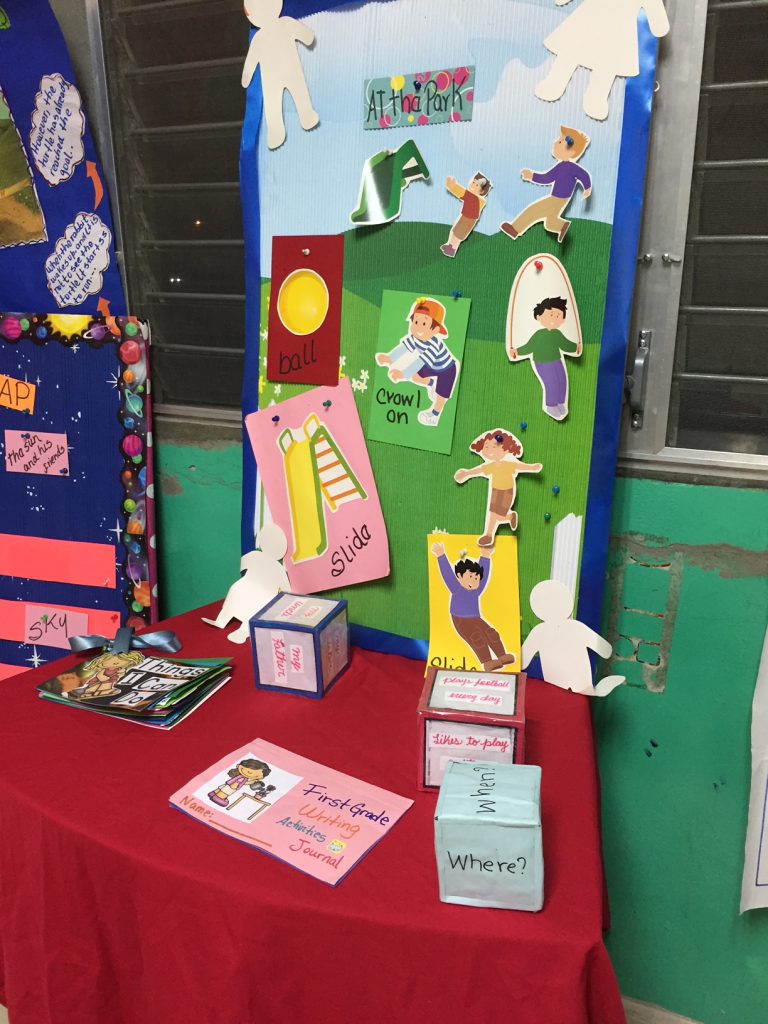
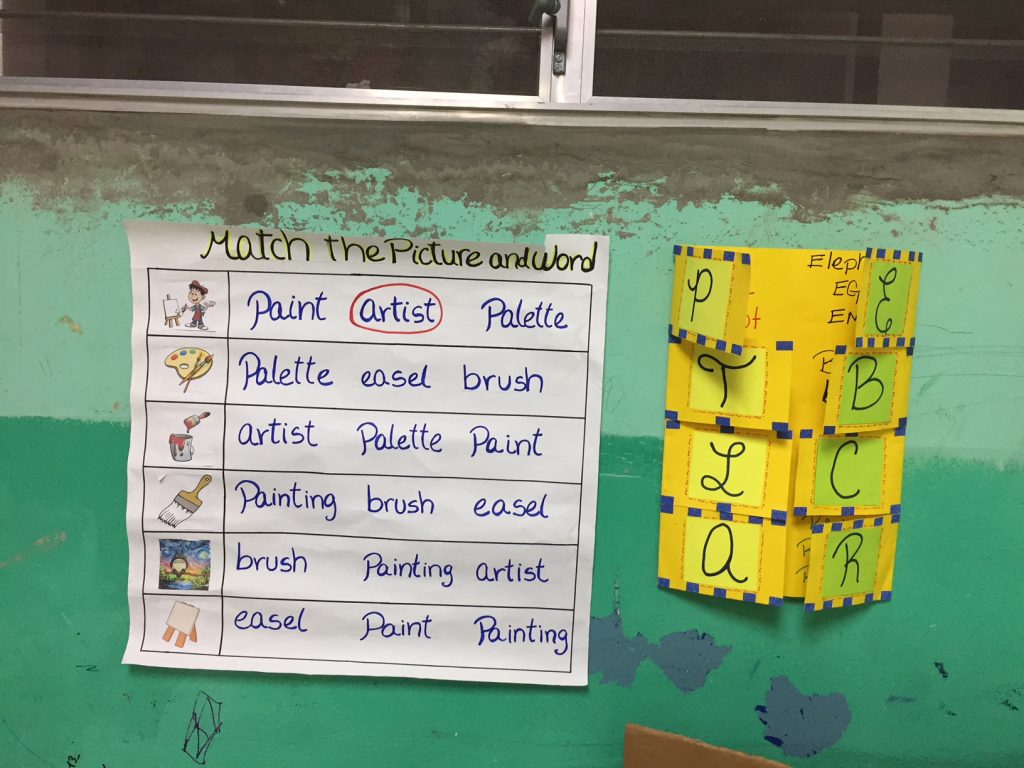
Their final projects were well thought out, and would be very interactive and engaging for young people. The quality of their work was impressive, as well as the oral explanations of their projects, which they presented in English. Joby told us beforehand that they were very nervous about speaking English in front of us, but they all did extremely well.
One student in particular was very impressive. She is an indigenous girl from the Ngäbe-Buglé people, which is the most populous of the native peoples in the Boquete area. Their tribal land (called a comarca – not to be confused with an “Indian reservation”, like in the US – these are their historical tribal lands). Many of them have limited educational opportunities, and are mostly manual laborers, both on the surrounding farms and around town as construction workers or household help.
Most of them are also very shy about interacting with gringos. This girl is exceptional – not only is she beautiful, but she is very well-spoken and outgoing. She will be a huge asset to her people – I can envision her going back and encouraging the native children to be more confident and setting them up for a better future.
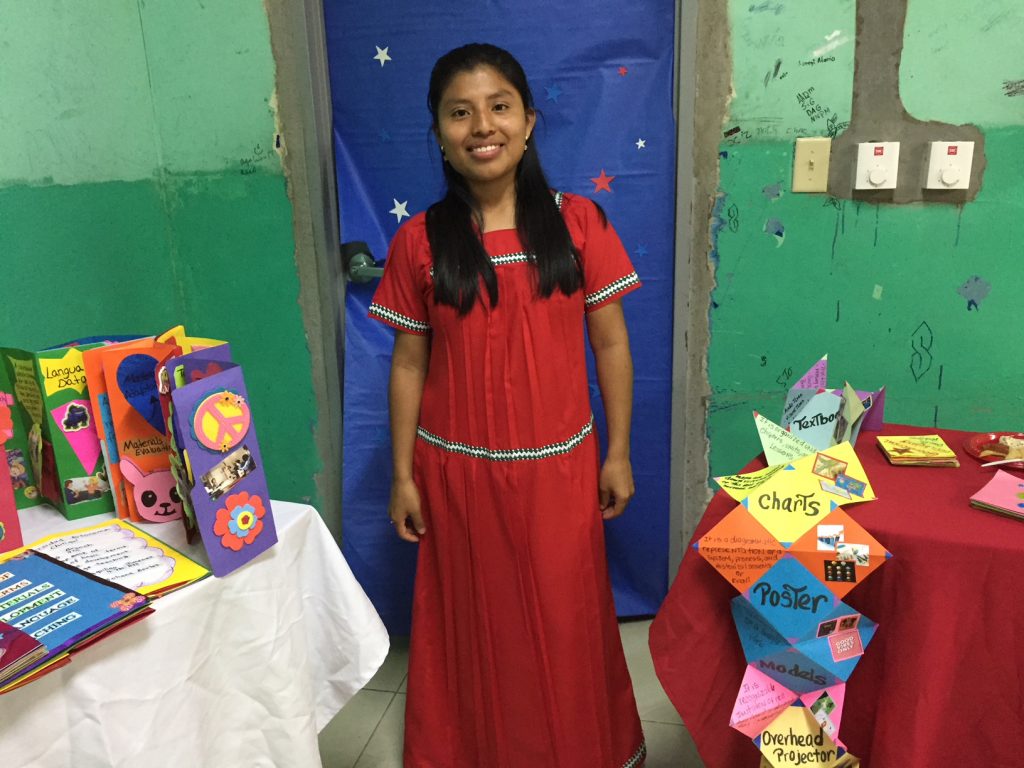
We were very honored to be invited to this event. I can imagine that very few gringos are privileged to see this aspect of life in Boquete, as many expats insulate themselves from the Panamanians, whose home this truly is.
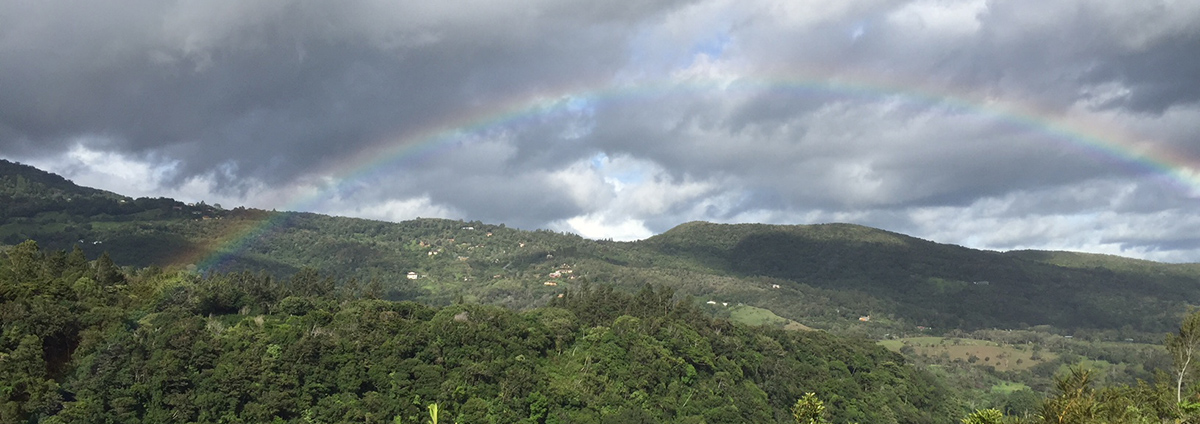
How informative! The work presented by these students look excellent!
I know they will be an asset to those who learn with their guidance.
Visual aids seem to still help as learning tools, not only that, but it tends to hold the attention of others and make it a fun experience.